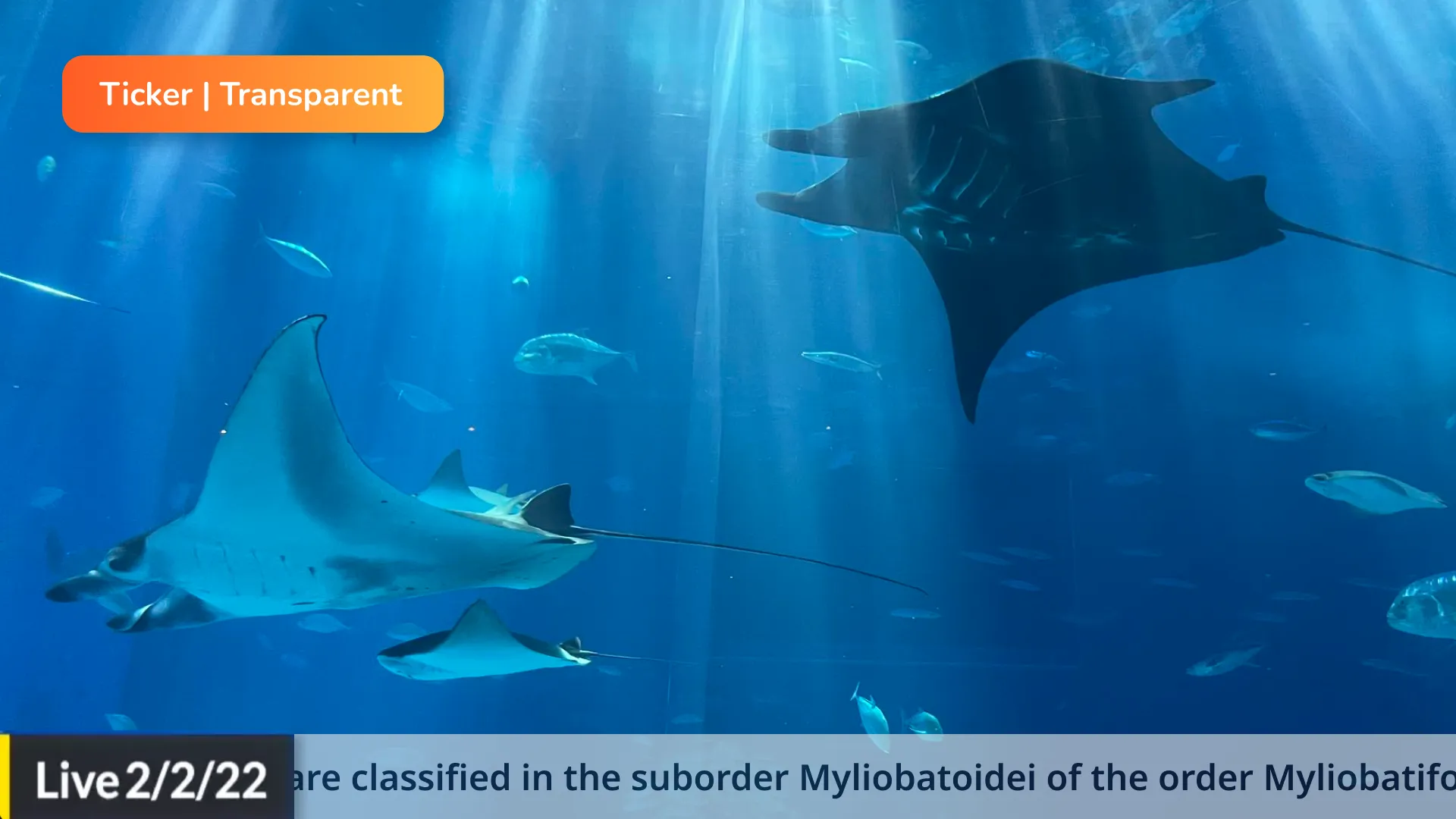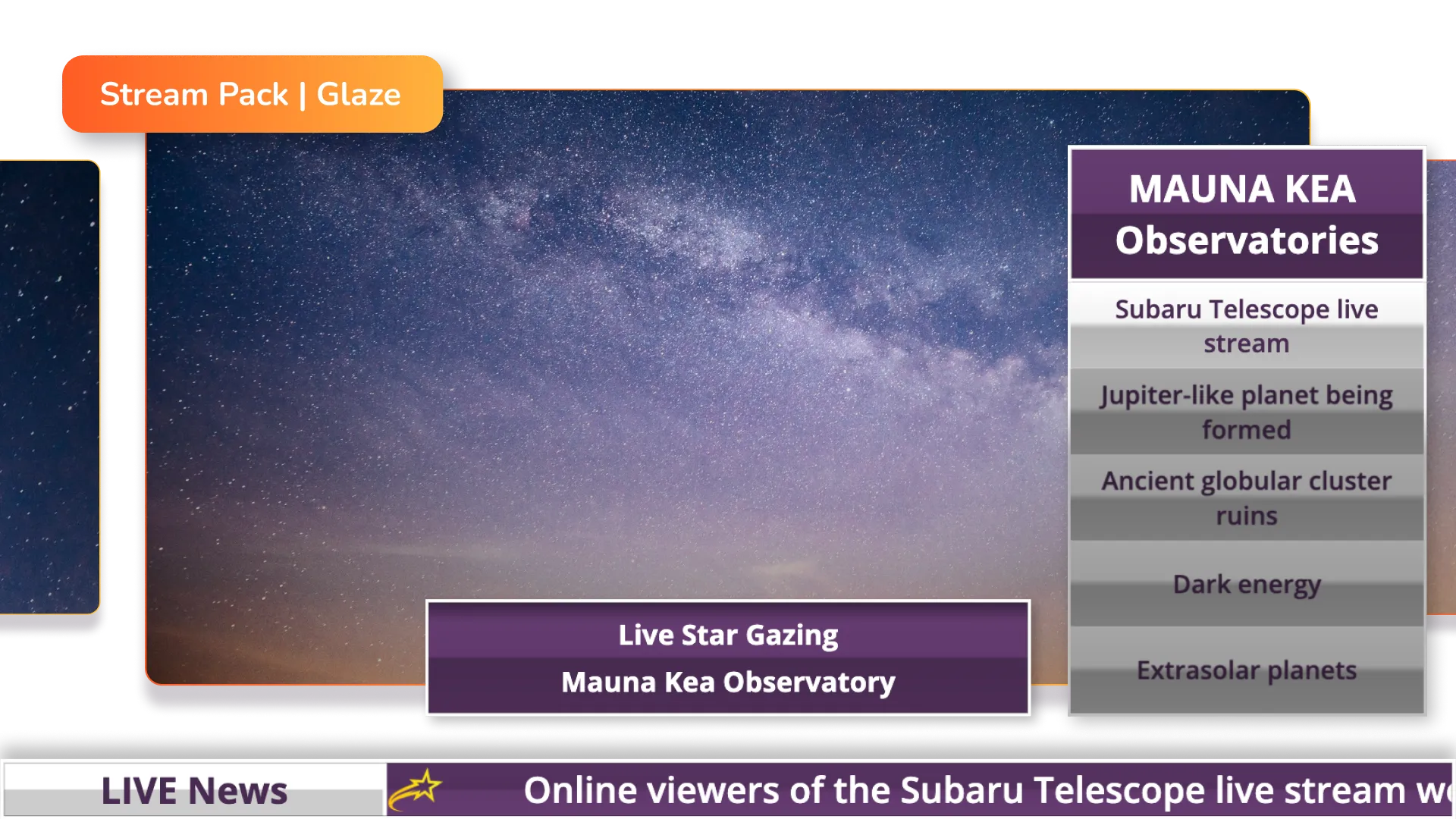Sign up for uno
Language
People love watching entertaining and educational content. Audiences’ love for educational TV shows like National Geographic and Animal Planet have translated across to the popularity of educational and science channels on YouTube. For anyone looking to start an educational YouTube channel, there are several areas of interest to explore and several opportunities to reach more viewers than ever – from all around the world. Here’s our guide on how to start an education YouTube channel:
Here’s a rough guide on how to set up your first YouTube channel, whether you’re live streaming or posting pre-produced videos:
Another piece of advice on how to start an education YouTube channel is to find your unique niche. Think about your area of expertise, your particular resources, who you want to reach, and what your goals are for your audience in terms of awareness and education.
Here are some of the ways you can start your first science YouTube channel:
Online classes, tutorials and live-streamed lessons are a great way to increase access to education and science. It’s also a way for schools, universities, and experts to reach more people than ever. Plus, many people absorb information better outside of the pressures of classrooms, especially when that information comes with visual aids, and is engaging and entertaining.
Sharing classes online increases access to education, attracts more students, adds prestige to your institution, and might even open up opportunities for funding. Universities can share lectures from popular courses online, like MIT’s Open Course channel. This allows students from around the world to sit in on some of your best classes, and allows you to highlight the work of your lecturers and researchers.
For teachers and academies, online classes can help students who need additional support and resources. Teachers can break down the syllabus into easily-digestible lessons, or highlight areas that your class struggled with. Students might also find it easier to tune into a video live stream, rather than a classroom full of various distractions. With the right stream overlay, you can also remind students about upcoming homework assignments, field trips, and activities, the same way you might include messages on your classroom’s whiteboard.

You don’t have to be an academic institution to talk about science on YouTube. Some of the most popular science channels on YouTube are run by ordinary people who are passionate about a certain topic or just learning in general. And, if you’re a researcher or a postgraduate student, a YouTube live stream is a great way to share your knowledge outside of peer-reviewed journals and formal channels.
You can demonstrate with small science experiments, draw diagrams, or share PowerPoint presentations to make your content more engaging. A good format for this is to swap between two video sources — one where you’re talking directly to the camera, and a second screen showing demonstrations, diagrams, or experiments.
If you’re running an online or in-person tutoring course, a great way to reach your target market is to offer some of the course’s content for free on YouTube. Share summaries and highlights from your course with educational live streams on YouTube. Offer helpful tips and tricks to get ahead in their degrees or careers.
Free and engaging education is a great jumping-off point to attract more people to buy your classes and materials. You can end each stream with a call to action and a link to subscribe to your tutoring service or to buy your course materials.
Live streamed lessons aren’t the only way people learn. An overlooked genre of science channels on YouTube are run by museums, zoos, aquariums, and other institutions you would normally visit in person. Live streaming is now a key way that several world-famous museums, zoos, and aquariums use to educate more people around the world.
Many well-known museums use live streaming as a way to reach more people than before, while inviting curators and experts to share knowledge. The American Museum of Natural History famously runs live watch parties and museum tours on their official YouTube channel. Meanwhile, the Los Angeles County Museum of Art regularly live streams videos on Facebook, and the Corning Museum of Glass runs interesting live Q&A sessions on YouTube. Additionally, live streams and videos on YouTube can be monetized, providing a passive stream of income.
You don’t have to be a big, well-funded museum to live stream your exhibits. There’s always a way to cultivate an online audience. Set up a live stream of your best exhibits and events, and live stream special interviews with your expert curators or well-established people in the field.
You just need a camera, a working microphone, and access to streaming software. (OBS is free and open source, and relatively easy to use.) Here at uno, we also offer free overlays with a variety of functions and themes that you can use to add polish to your live stream.
Live streaming from cameras stationed around your exhibits is a great way for zoos, aquariums, and sanctuaries to spread awareness and educate even more people about local conservation efforts. Monterey Bay Aquarium famously shares live feeds from webcams in their exhibits, with scheduled narrated feeding times that help educate more people about marine biology conservation.
If you’re a wildlife sanctuary or national park that is struggling to increase awareness to find funding or volunteers, a live stream is an easy, low-cost way to amplify your message. You only need to invest in cameras at your exhibit, and a stable internet connection to live stream with. Several live streams from well-known zoos don’t include audio, instead prioritizing non-intrusive ways of getting you closer to their animals.
You can add polish and professionalism by using tools like OBS to add an overlay. An overlay organizes your screen and can display interesting facts about wildlife and science, like this free uno ticker overlay:

Or, use our free Glaze-themed stream pack to advertise upcoming exhibits on your science YouTube channel:

Once you get comfortable with live streaming your exhibits, you can also start including interviews with experts and curators, broadcasted events, and even go behind the scenes of exhibitions with live guided tours.
Starting your first science YouTube channel can seem intimidating. After all, being an expert in your field doesn’t mean that you’re also an expert in streaming, and it might seem difficult to be noticed against the competition of science channels on YouTube. However, there is almost always an audience that is looking for your specific niche of content.
Once you’ve established your niche, the next steps for how to start an education YouTube channel are simple. Invest in equipment, plan your content, and start streaming! It also helps to promote your first live stream on all your social media channels and your official website. And by using a streaming software, you can add one of our free and easy-to-use overlays – all designed by the same people who create overlays for some of the leading news agencies in the world!